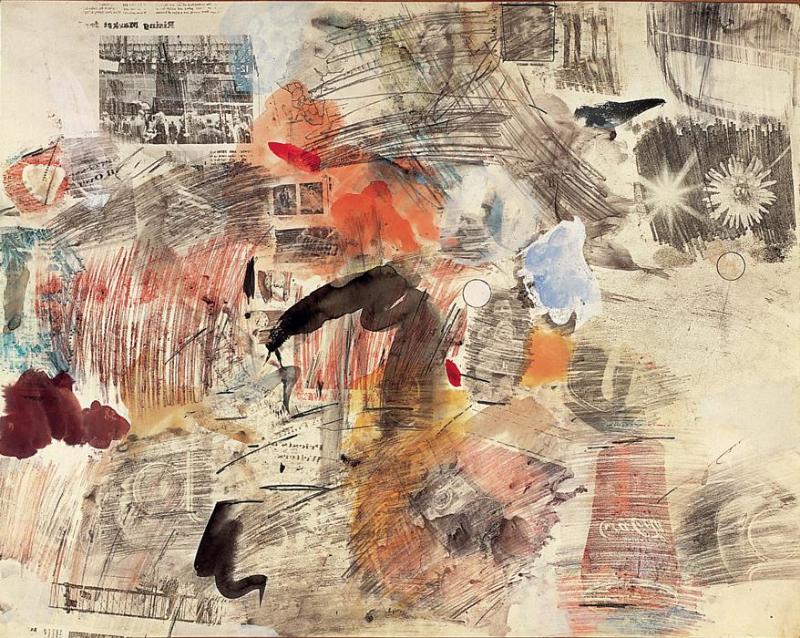Debate / Meeting
Branden W. Joseph. Rauschenberg and the neo-avant-garde
Parole à l'histoire de l'art

The event is over

In his book, Random Order, Branden W. Joseph offers a penetrating analysis of the most influential works of American artist Robert Rauschenberg's most influential works of the 1950s and 60s. Joseph places them in the context of the American neo-avant-garde and emphasizes Rauschenberg's relationship with composer John Cage. He shows that Rauschenberg's work was not a simple repetition of earlier avant-garde movements, but a series of practices that challenged the rise of postwar spectacle and commodification.

In his book, Random Order, Branden W. Joseph offers a penetrating analysis of the most influential works of American artist Robert Rauschenberg's most influential works of the 1950s and 60s. Joseph places them in the context of the American neo-avant-garde and emphasizes Rauschenberg's relationship with composer John Cage. He shows that Rauschenberg's work was not a simple repetition of earlier avant-garde movements, but a series of practices that challenged the rise of postwar spectacle and commodification.
When
From 7pm
Where
Partners
En coproduction avec

